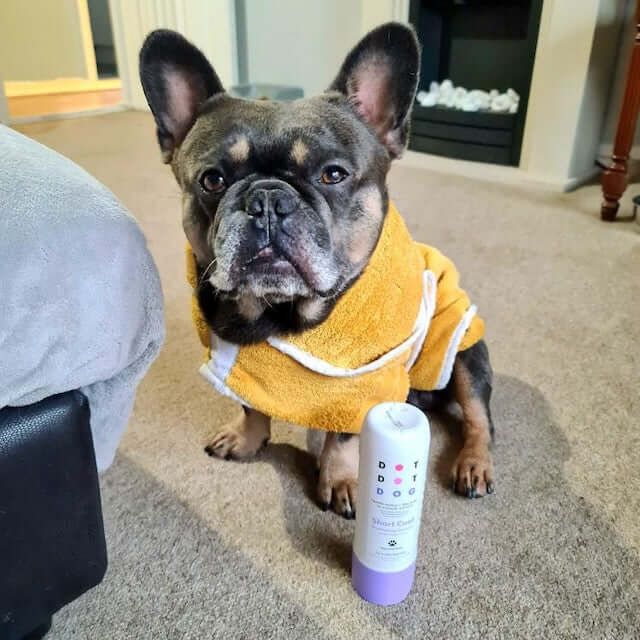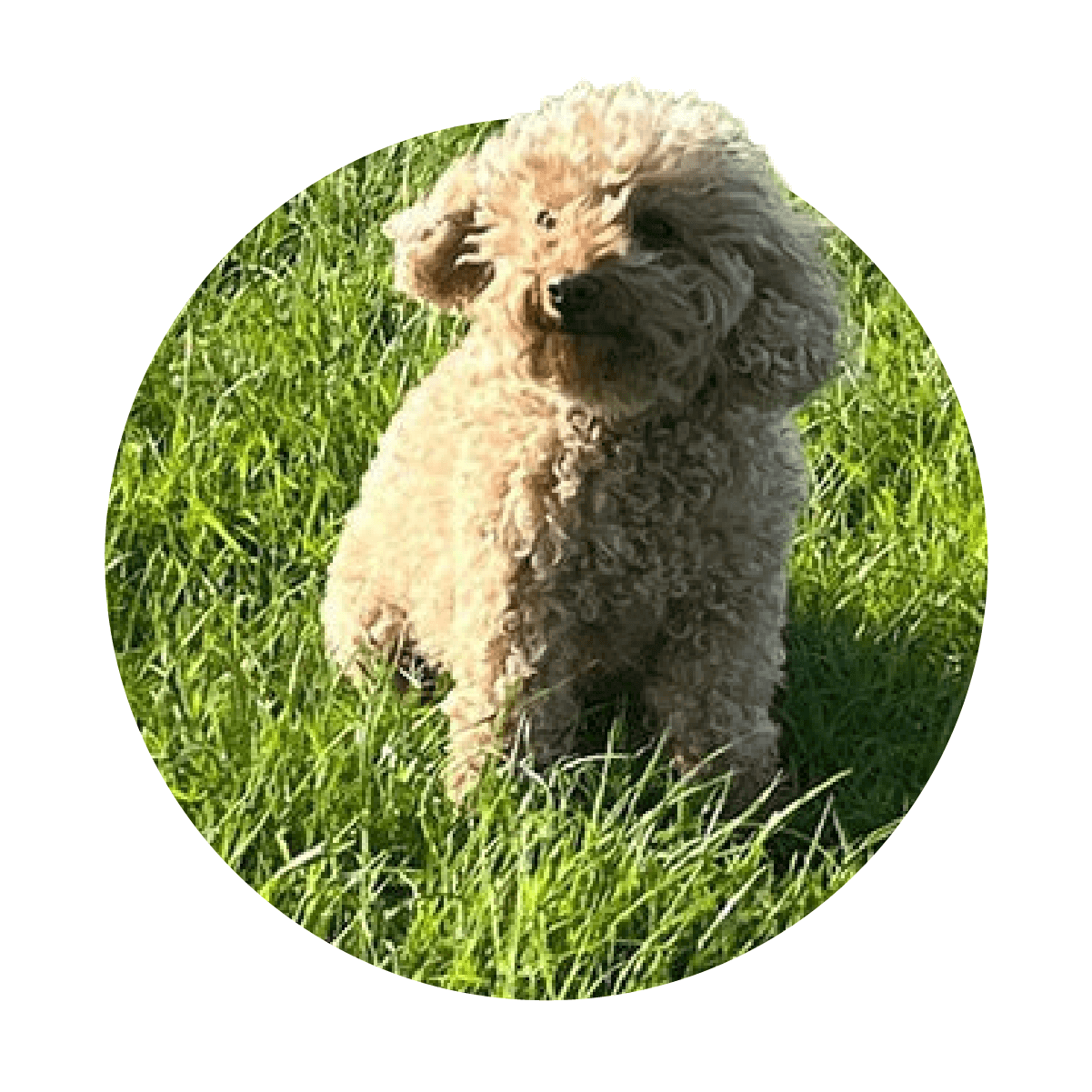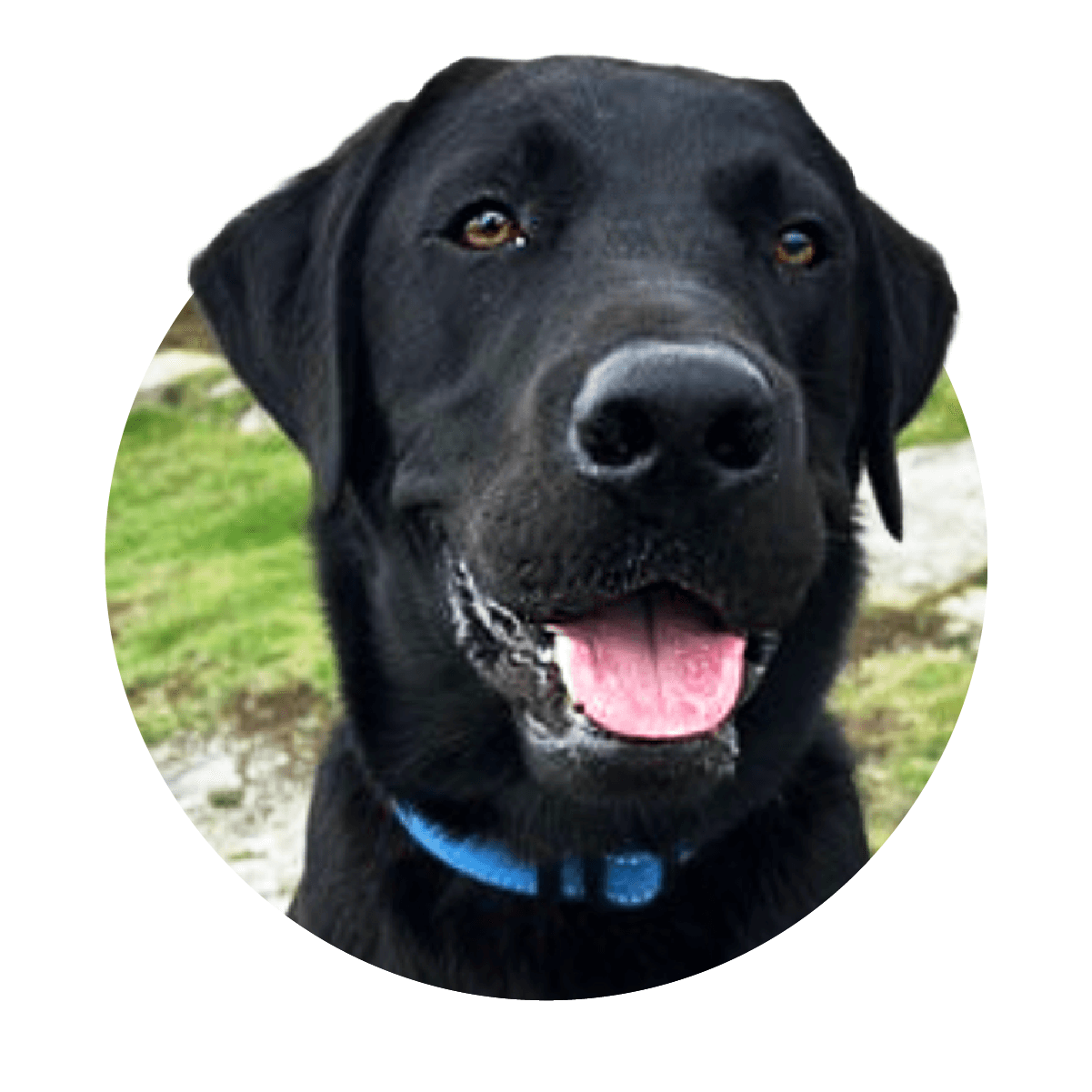by Dr Hollie Anne Hills MRCVS
When it comes to old dogs, distinguishing between normal aging and illness can be tricky because some health issues mimic the typical signs of aging. It’s pretty normal for older dogs to exercise less, slow down or become a bit stiff, and for there to be slight changes in their hearing, vision, coat, weight, and overall energy/activity levels.
How to tell the difference between old age and illness -
● Consistency - Normal aging tends to progress gradually, while illness can be more rapid
● Pain and Discomfort - Aging dogs may have some stiffness, but limping, whining, or avoiding activities is a sign your dog may be in pain
● Behavioral changes - big changes in behavior such as aggression, confusion, or uncharacteristic fear could indicate a problem rather than just old age
Signs of illness in older dogs are often more likely to include more obvious or sudden changes including significant weight loss, behaviour changes, noticeable changes in appetite or thirst, changes to their breathing, coughing, changes to their toilet habits, lumps/bumps and signs of pain such as yelping, limping, or reluctance to move.
If you notice anything unusual or you are not sure about your old dog’s health, it’s always a good idea to check in with your vet. Regular vet visits become even more important as your dog ages to ensure they're getting the best care possible.
Here are some fun and practical tricks to keep your older dog fitter and healthier:
Exercise
Gentle but Regular Walks
Break walks into shorter, more frequent sessions. Instead of one long walk, take your dog on a few shorter ones throughout the day. Older dogs may have less stamina, so shorter walks reduce strain while still keeping them active.
Low-Impact Exercises
Introduce swimming or water therapy if you have access and your dog likes water. Swimming is a low-impact exercise that’s easy on the joints but provides great muscle toning and cardiovascular benefits.
Stair Climbs
Encourage your dog to walk up and down a set of stairs, but be cautious and don’t overdo it. This is a great way to work on muscle strength, especially for the legs and hips, but be mindful of their joints. Always check with your vet that this activity is suitable for your elderly pet before starting it as it could cause harm for some dogs!
Adjusting to Their Pace
Watch for signs of fatigue and adjust the intensity of activities. As your dog ages, they may not have the energy they once did, so it’s important to respect their limits and let them rest when needed.
Diet
Weight Management
It’s always important to maintain your dog’s weight at a healthy range, but more so as they age. Obesity can increase their risk of or worsen joint disease and heart disease, and can lower their activity levels even further. Keeping them trim will keep them active for longer.
Age Appropriate Diet
All commercial pet foods are tailored to a dog’s different life stages and their nutritional requirements at each stage. Older dogs need different nutrients to young dogs, so making sure your dog is on a senior diet will ensure they’re getting the right balance to keep them healthy.
Supplements
Monitor your dog’s diet and introduce joint supplements like glucosamine and chondroitin if advised by the vet. Multifits can be given as a collagen supplement to ageing dogs. There are even supplements to support the brain, liver, and skin. Always speak to your vet before starting your pet on any supplements to ensure it’s safe for them.
Prescription Diets
For dogs with certain health problems, there are specially formulated prescription diets that are designed to support your dog’s overall health and organ function Your vet will advise you on this, but these diets can really improve their health and quality of life.
Mental stimulation
Interactive Games
Play games like "find the treat" or hide toys around the house for your dog to search for. Puzzle toys or food-dispensing toys can also keep your dog’s brain active.
These mentally stimulating activities engage their minds while getting them to move around, which is excellent for their fitness and mental health. Mental stimulation can help stave off cognitive decline, and the act of working for their food also encourages movement and engagement.
Play Dates with Younger Dogs
If possible, arrange for your older dog to interact with younger, more energetic dogs.
Playful interactions can motivate your dog to stay active and help keep their mind sharp.
New Environments
Whilst older dogs like familiarity and routine, taking them on a new walk or to visit a new place is great mental stimulation, and can make them feel more energetic or excited as they explore new scents and environments.
Joint Health
Cooling and Heating Pads
Use heating or cooling pads after exercise, depending on the season. Heat therapy can soothe aching muscles, while cooling pads can reduce inflammation in older dogs with arthritis or joint pain.
Supplements
Glucosamine and chondroitin are well proven to help dogs with joint disease. There’s also increasing evidence for hyaluronic acid, MSM, and collagen. Supplements, such as Multifits, can help to protect the joints, slow down disease and keep your dog active for longer. Always speak to your vet first before starting any supplements.
Adapt your Home
Extra steps onto the bed or sofa, rugs in areas where your dog could slip, ramps into the car, and comfy bedding for them to sleep on can make their day to day life easier. It saves them having to jump or do anything that might be painful or worsen lameness.
Massage and Stretching
Introduce a calming stretching routine or gentle massages after walks. This helps with muscle stiffness and circulation. Stretching keeps your dog more limber and massages reduce soreness. You can book sessions with a physiotherapist who can give you exercises to do with your dogs at home.
If you are ever concerned about your dog as they age, please contact your vet as the earlier a disease can be diagnosed the better the treatment options.



Hinterlasse einen Kommentar
Alle Kommentare werden vor der Veröffentlichung geprüft.
Diese Website ist durch hCaptcha geschützt und es gelten die allgemeinen Geschäftsbedingungen und Datenschutzbestimmungen von hCaptcha.